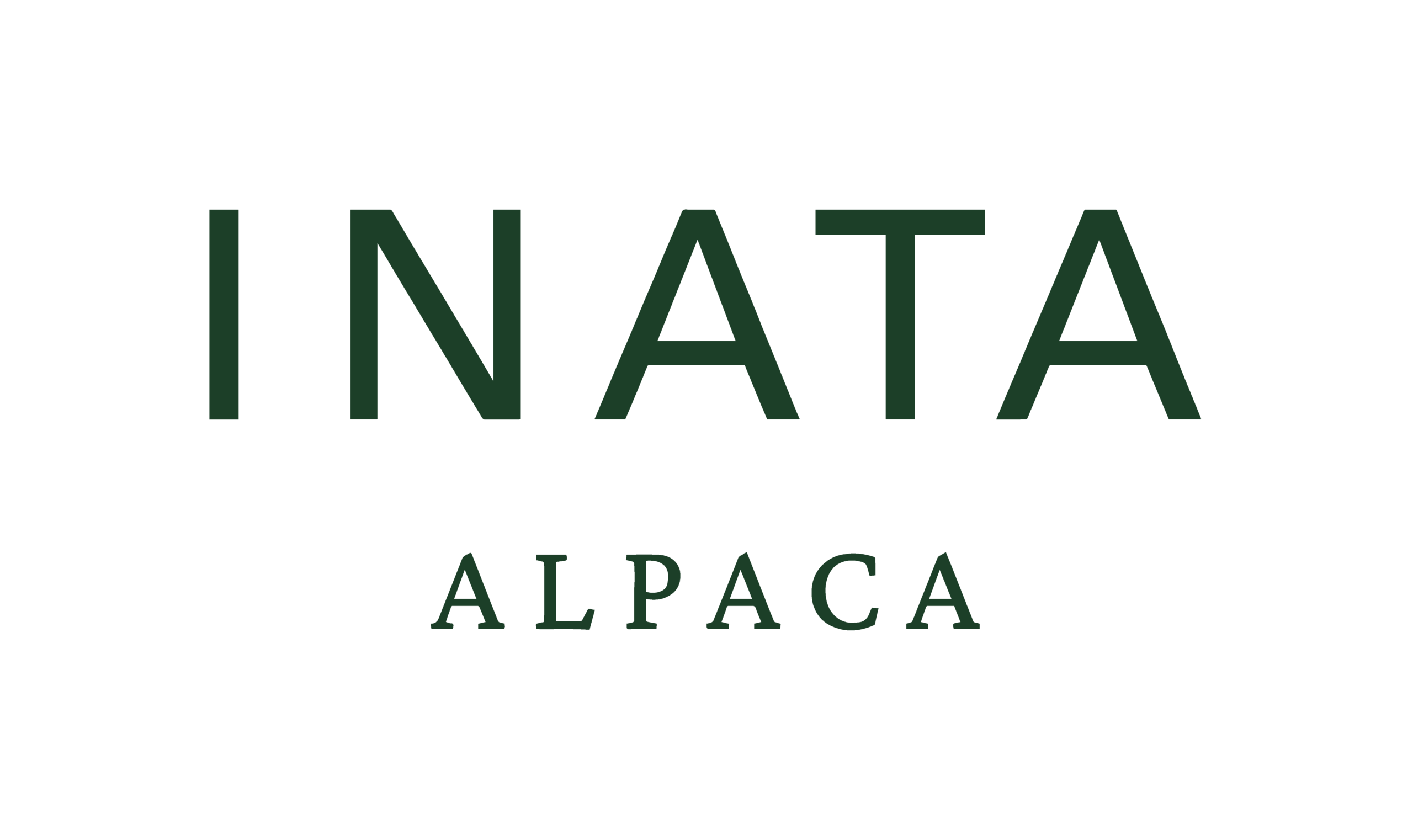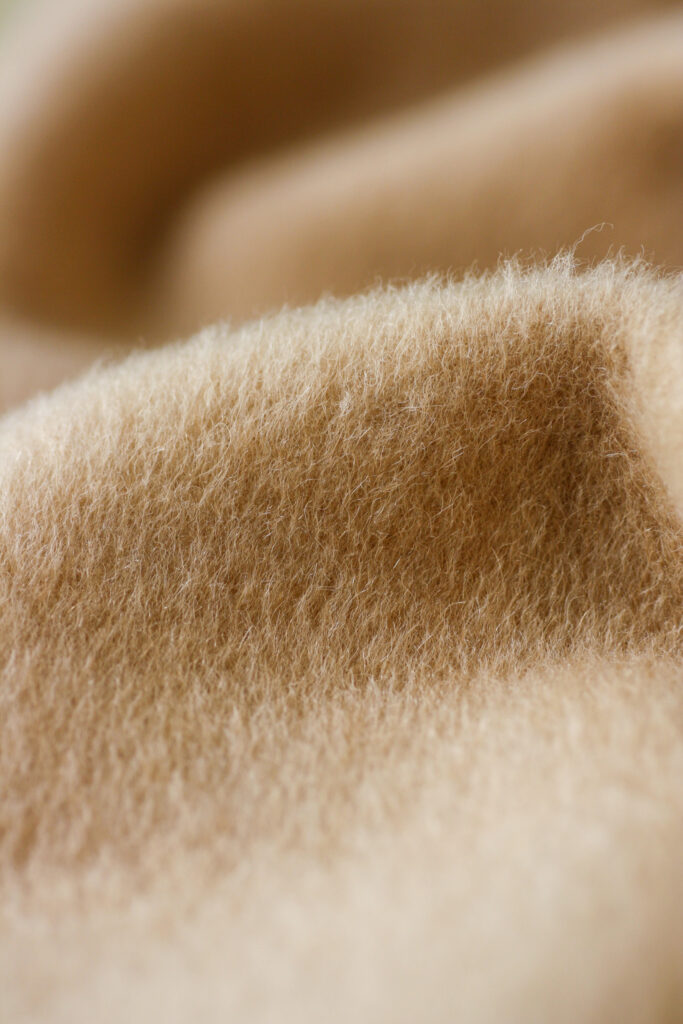The History of Alpacas
From the camelid family, the best-known species is the llama. However, the wild species include the vicuña and the guanaco. Domesticated since the time of the Incas, the alpaca takes its name from the indigenous Aymara language. Notably, it differs from its cousins in several ways: smaller size, short ears, and flat muzzle. Moreover, alpacas have a life expectancy of 20 to 25 years. Currently, there are two types of alpacas: the Suri and the Huacaya. The latter have a higher hair density and a fluffy feel. In contrast, Suri alpacas have long, soft strands that are infinitely soft to the touch.
The female alpaca, known as the “hembra,” gives birth to a single baby. This happens after a gestation period of 11 and a half months. Subsequently, the baby alpaca, known as the “cria,” weighs between 6 and 9 kg at birth. Remarkably, it will be on its feet within 3 hours of birth.
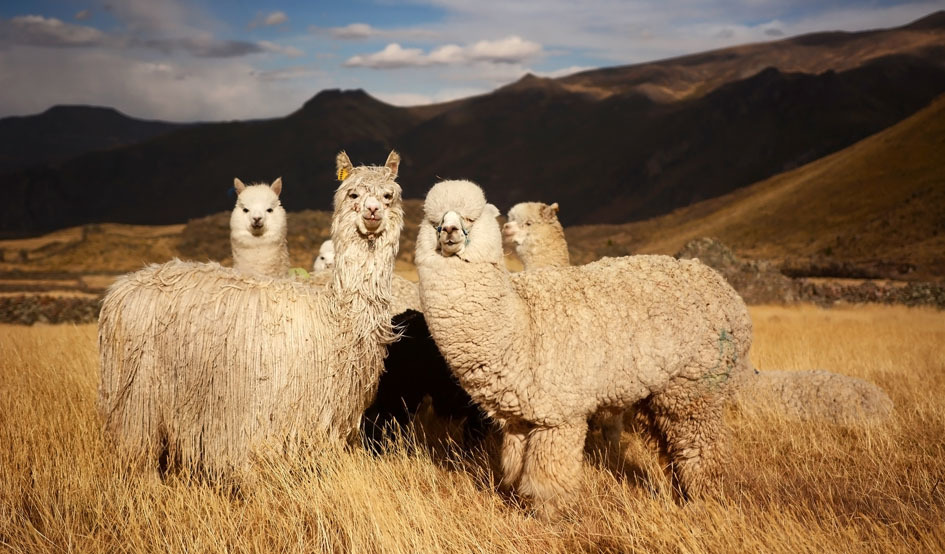
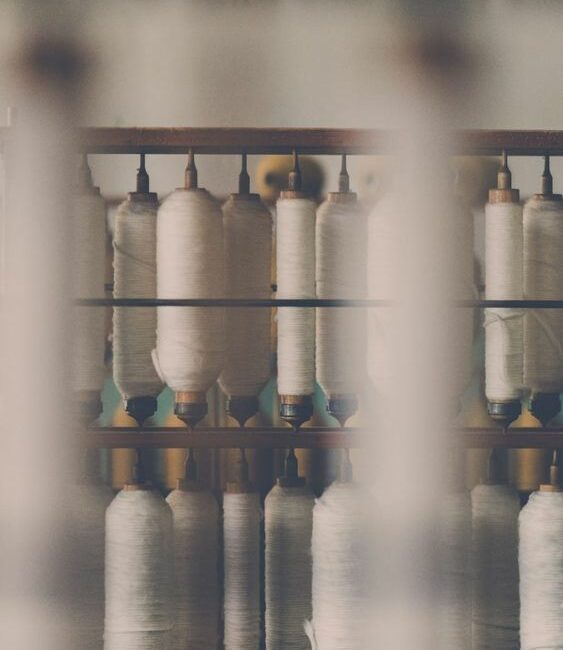
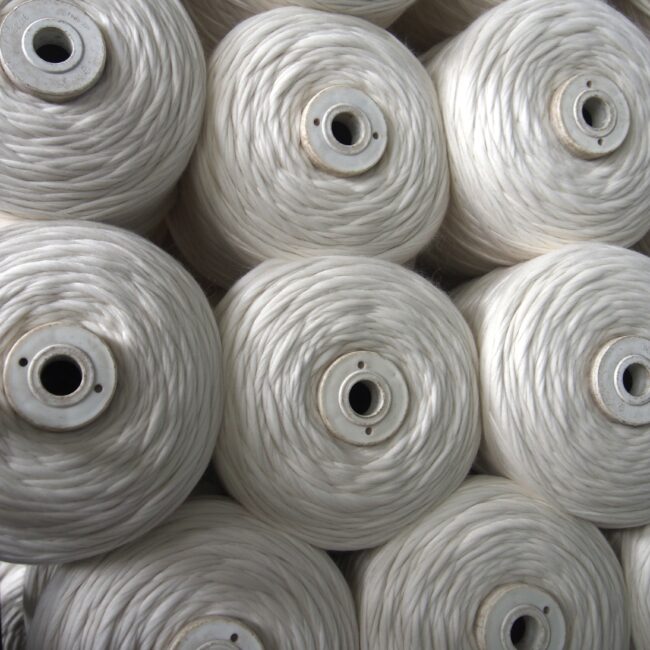
A rare and fine fiber
Baby alpaca is the rarest, finest, and most luxurious type of alpaca wool. Interestingly, it does not come from baby animals. Instead, it comes from the first shearing of the alpaca when the animal is 1 to 2 years old. Furthermore, it is carefully selected from thousands of animals across the Altiplano. Ultimately, this represents the finest quality produced by the animal.
Baby alpaca is a fiber with many virtues, including exceptional durability. Additionally, it offers a unique thermal effect against the skin. In fact, it is seven times warmer than mohair wool and three times rarer than cashmere. Clearly, these virtues come from the natural qualities of the fiber. Finally, unique to alpaca, it comes in 24 natural colors. Thanks to a process developed in partnership with farming communities, we offer naturally colored fibers without any dye. Therefore, these are available in our 100% baby alpaca collections.
As a result, the fabric retains its shape and resists pilling. Consequently, it will last long enough to be passed on to the next generation.
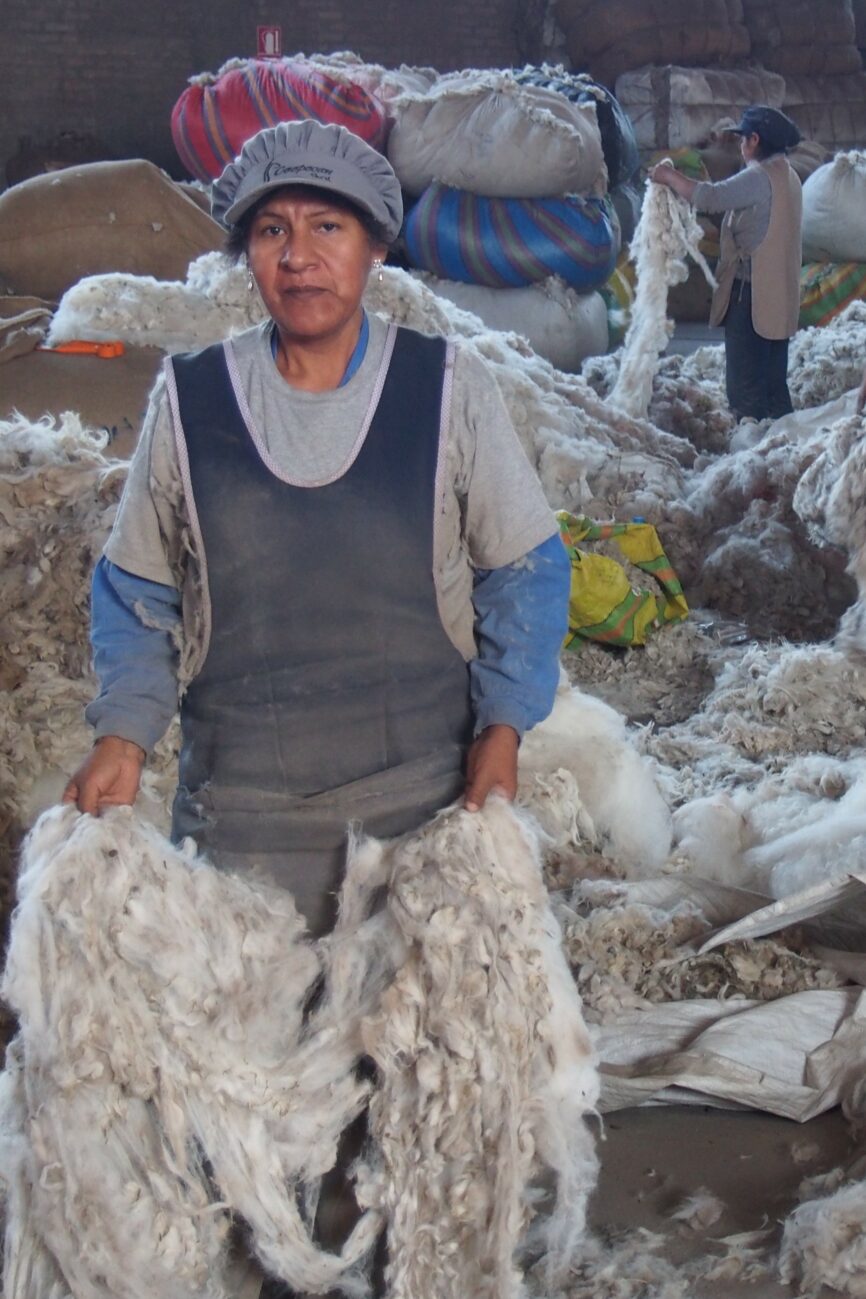
The subtlety of the Pure Range
Today, we work with 34 communities of breeders to obtain the best possible quality. Specifically, these communities are based at altitudes between 4,500 and 5,400 metres. Indeed, this is where the best quality alpaca can be found.
Generally, farmers sell the alpaca fleece once the animal has been sheared. However, our partner communities are now able to sort and select alpaca fibre. First, they classify by quality, fineness and colour. Next, most of the fibres are then processed into tops. These are thick strands of fibre approximately 10 centimetres in diameter. Afterwards, they are spun into yarn. Meanwhile, the rest of the fibres are spun by hand. Thus, this creates some of our throws, cushions and rugs.
Thanks to this daily investment, we are now able to work with all 24 natural colours of alpaca. Importantly, this is done without any dyeing or petrochemical processes. Furthermore, we also work with another fibre with our partner breeders: merino wool. Notably, this wool is used to make our Llasa collection, which is only available in ecru.
Being responsible means using what nature gives us.
Our Pure range includes the creation of our own yarns and furs. At high altitudes, temperatures vary between 25°C during the day and -30°C at night, all year round. Moreover, added to these harsh conditions is the rainy season, which lasts from January to March. Unfortunately, the extreme temperatures combined with high humidity are fatal for some alpacas.
As a result, isolated farming families suffer both emotional and financial losses. Indeed, alpaca shearing is often their only source of income. Therefore, we decided to put them in touch with the best furriers in the country. Specifically, these furriers are located in the Sicuani region. Together, they transform and add value to these furs.
Subsequently, this process gave rise to the INATA range of fur products. By April, we know how much fur we will have available for the next twelve months. Additionally, we also know what colours will be available. However, if orders for a particular colour exceed the number of furs available, we will have to wait. Specifically, we must wait until the following year to obtain furs in the desired colours.
A respectful approach to limiting waste
When it comes to cutting, we use all available optimisation techniques. Therefore, we minimise fur waste in line with traditional craftsmanship. However, rather than throwing it away, we wanted to develop a range using these scraps. Thus, this is how Zorro el osito was born: the little alpaca fur bear.
